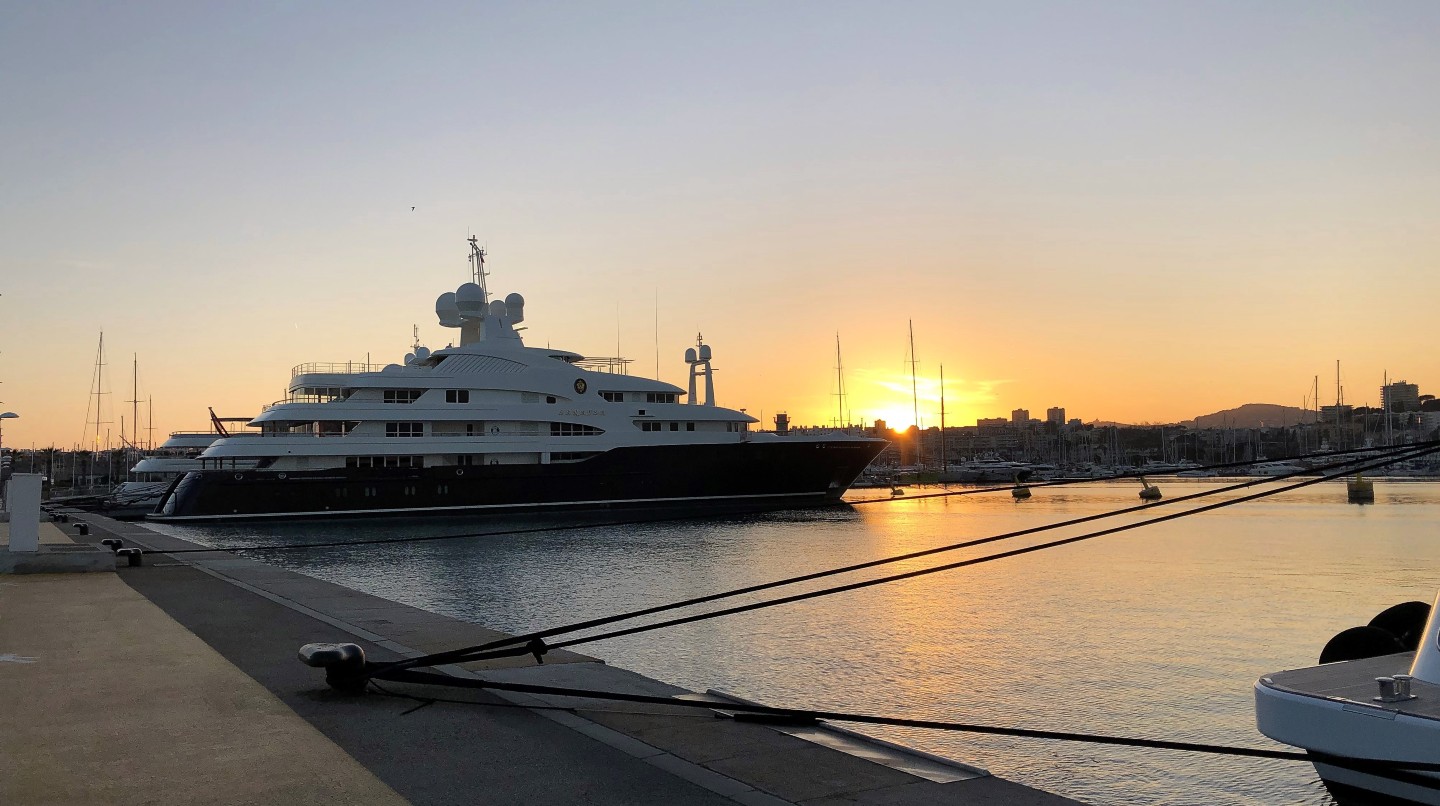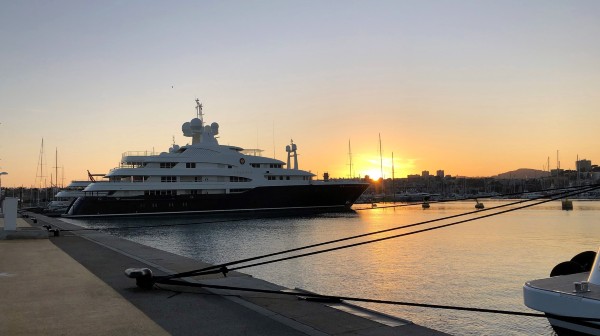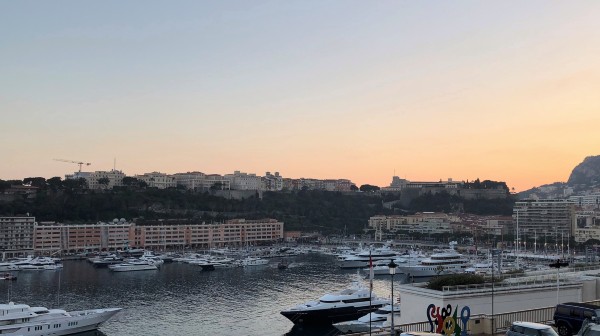
What's new
Home / What's New / Whats new detail
Back
The changing face of commercial yachting
Thibault Hermant explains the consequences of recent changes
Last year the EU Commission issued the kind of invitation you can’t refuse to France and Italy urging them to review current schemes for reducing VAT on charter fees. The Commission’s drive to ensure regulations are applied across the board reflects a hardening approach towards ‘creative’ work-arounds. The VAT rules themselves have not changed.
Under EU law, VAT is due only on services performed in the EU, not on services outside the EU territory and waters. This means that cruising in international waters will continue not be subject to VAT. Lump sums reduction schemes however are in the crosshairs and will be discontinued as of spring 2020.
Under the new scheme, VAT will be levied on charters within EU waters but no VAT will be due for the exact time spent cruising outside EU waters.
With a nod to the much called-for harmonization, the new scheme will come into effect around April 1st 2020. However, France and Italy are handling the transition differently. As long as a charter contract was signed before March 29, 2020, the old scheme will continue to apply in France. On the other hand, all charters starting afterto April 1st 2020 will probably be subject to the new rules in Italy, irrespective of when the charter contract was executed. We are waiting for final confirmation of this position from the Italian authorities.
How will this work on the ground? Unless the majority of cruising is in international waters - a highly unlikely scenario - the portion of VAT exempt fees will be negligible. Let’s take the example of a Monaco-Monaco cruise via Bonifacio. The segment in international waters is 73nm each way. At 12knots, the distance takes between 6 and 7 hours to cover. The incidence of 12 to 14 hours for the return trip in a 7 days charter (approx. 168hrs) is 1,2%. The benefit is not worth the effort it takes to compute. The impact on the charterer is clear. 20% VAT is now applicable in France instead of 10% and 22% in Italy instead of 6.6%.
How does this affect the current VAT exemptions schemes for commercial yachts?
Again, the impact is far-reaching.
Under the French Commercial Exemption schemes, yachts are granted VAT exemption on the purchase of goods and services in France and Monaco if they can prove compliance with a number of requirements including what has become known as the ‘70%rule’. The rule states that 70% of worldwide trips must be ‘qualifying’ trips, i.e. trips that include navigation outside French territorial waters. Trips, qualifying or not, can only be generated while under charter.
However, since VAT can no longer be mitigated, charterers will have no interest in cruising in international waters and it will be almost impossible for most yachts to meet the requirements.
Under EU law, VAT is due only on services performed in the EU, not on services outside the EU territory and waters. This means that cruising in international waters will continue not be subject to VAT. Lump sums reduction schemes however are in the crosshairs and will be discontinued as of spring 2020.
Under the new scheme, VAT will be levied on charters within EU waters but no VAT will be due for the exact time spent cruising outside EU waters.
With a nod to the much called-for harmonization, the new scheme will come into effect around April 1st 2020. However, France and Italy are handling the transition differently. As long as a charter contract was signed before March 29, 2020, the old scheme will continue to apply in France. On the other hand, all charters starting after
How will this work on the ground? Unless the majority of cruising is in international waters - a highly unlikely scenario - the portion of VAT exempt fees will be negligible. Let’s take the example of a Monaco-Monaco cruise via Bonifacio. The segment in international waters is 73nm each way. At 12knots, the distance takes between 6 and 7 hours to cover. The incidence of 12 to 14 hours for the return trip in a 7 days charter (approx. 168hrs) is 1,2%. The benefit is not worth the effort it takes to compute. The impact on the charterer is clear. 20% VAT is now applicable in France instead of 10% and 22% in Italy instead of 6.6%.
How does this affect the current VAT exemptions schemes for commercial yachts?
Again, the impact is far-reaching.
Under the French Commercial Exemption schemes, yachts are granted VAT exemption on the purchase of goods and services in France and Monaco if they can prove compliance with a number of requirements including what has become known as the ‘70%rule’. The rule states that 70% of worldwide trips must be ‘qualifying’ trips, i.e. trips that include navigation outside French territorial waters. Trips, qualifying or not, can only be generated while under charter.
However, since VAT can no longer be mitigated, charterers will have no interest in cruising in international waters and it will be almost impossible for most yachts to meet the requirements.
Planning this year becomes critical. Yachts intending to apply for a VAT “exemption by anticipation” run a serious risk of failing to comply with the terms of the exemption and generating a direct VAT liability.
The most likely solution, and the one that is being implemented by the majority of yachts, is to adopt standard business practices regarding taxation and VAT which allow a business – the yacht owning company - to offset the VAT paid on the purchase of goods and services with the VAT charged on the services it offers.
The most likely solution, and the one that is being implemented by the majority of yachts, is to adopt standard business practices regarding taxation and VAT which allow a business – the yacht owning company - to offset the VAT paid on the purchase of goods and services with the VAT charged on the services it offers.
However, it is important to make a distinction between the purchase of a service and the purchase of goods. Regarding services, most invoices should be without VAT unless the supplier of the service is established and VAT registered in the same jurisdiction as the owning company. However, if VAT to be charged, it can be offset.
Regarding goods, as a general rule, VAT is due where the goods are supplied. This entails a cash outlay since VAT will have to be paid. The VAT can be offset and the balance recovered following the submission of the monthly or quarterly VAT filing.
This demands accurate bookkeeping with regards to the substance and form of invoices. Firstly, invoices must relate to the commercial activity of the yacht owning company and represent a cost to the same. For instance, VAT paid on invoices for services consumed by the charterer and paid using the APA cannot be reclaimed.
Secondly, invoices must include the full details of the yacht owning company as well as its domestic VAT number. Your fiscal agent will be able to advise on exact details.
Although the introduction of VAT predates the growth of modern yachting by almost 20 years, numerous schemes have been devised to avoid VAT altogether or mitigate the burden. Now, driven by the industry’s growth and visibility, such schemes are being challenged.
After years of unfettered cruising, the commercial side of yachting is becoming more closely aligned to standard business practices, including VAT regulations. This comes with long-term benefits. The level of fiscal and legal scrutiny is bound to decrease in the face of a coherent, shared regulatory framework.

